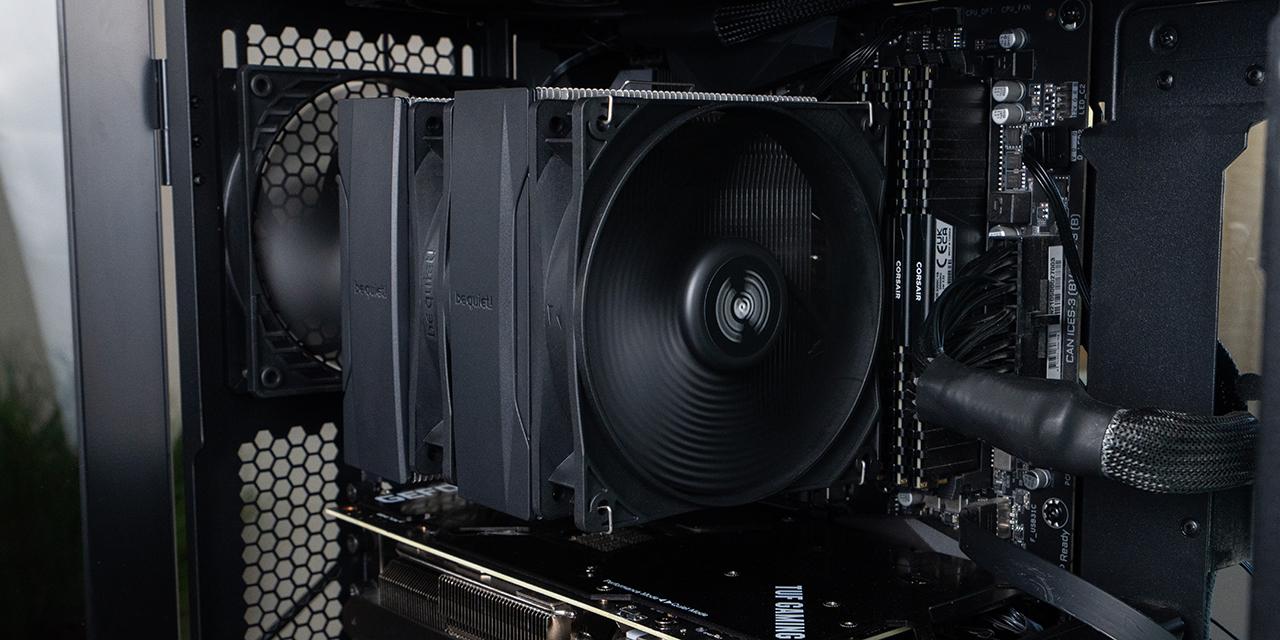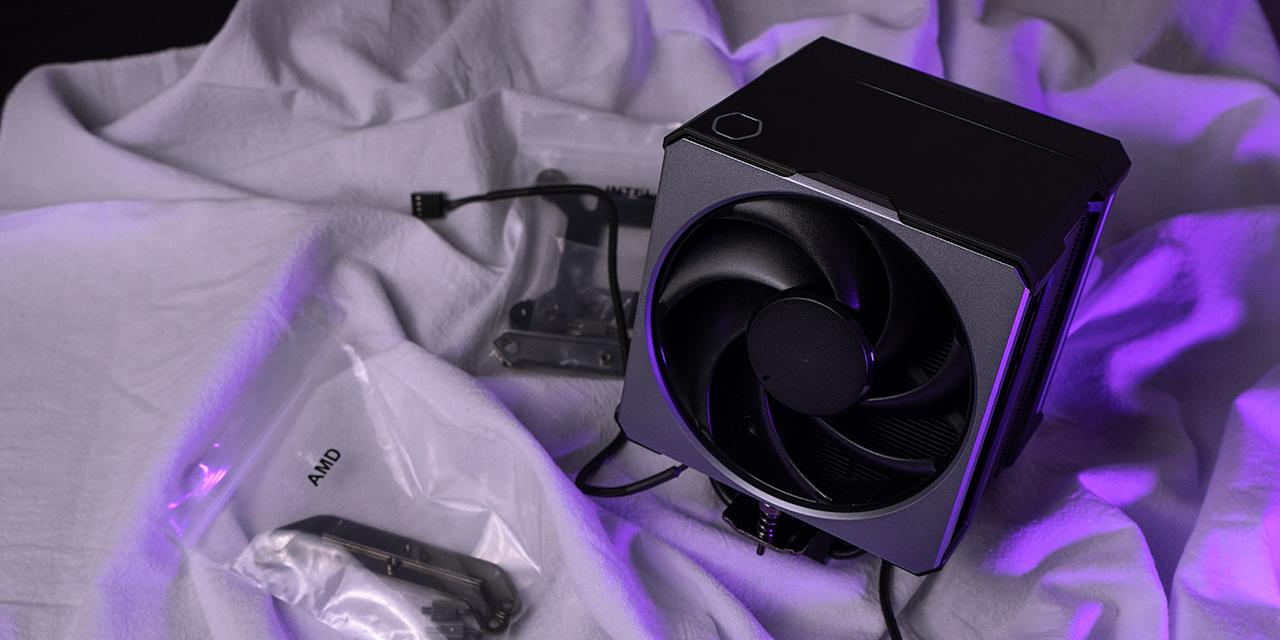Page 3 - Performance Tests









To test the performance of the Thermaltake SWAFAN GT12, our proprietary testing method invented right here at APH Networks was used. Although this test may not be the most comprehensive of tests, the results are qualitatively displayed at a minimum cost by using a piece of tissue paper and tape. As shown in the above photos, a piece of tissue paper was attached to the top of a fan. The tissue paper should be able to naturally fall down and cover the air outlet side –- the side where the motor rack is located –- of the fan. The fan is placed on the edge of a table to prevent air from reflecting off any other surface to not skew results. Once the fans were powered on, the airflow, airflow consistency, and the amount of static pressure can be evaluated by observing the behavior of the tissue paper.
Taking a look at the pictures above, I will be commenting on all fans generally, while specifying any notable differences in performance. The first set of pictures is of the high-pressure blades, followed by the high airflow blades, and finally the reverse blades. The tissue was raised on both sides of the fan indicated how air is evenly distributed. Further away from the fan, you can see a good level of consistency in the airflow, especially for the high airflow blades. The 2000 RPM was noticeable when looking at the tissue. I found the fan produced enough airflow and static pressure to pick up the paper. Speaking towards consistency, the tissue paper held in place well and did not move erratically. This indicates decently steady airflow passing out the exit side of the Thermaltake SWAFAN GT12. This performance was quite good. When comparing the three sets of images between the Thermaltake SWAFAN GT12's regular and reverse blades, we found a similar performance, aside for the aforementioned differences. The differences were very small, but specific. In terms of performance, they all did a wonderful job.
Sound is another important factor when testing fans, as we want a good balance between performance and noise. There are limitations, as sound can be quite subjective to both the listener and the environment of the fans. The noise levels of this fan are tested independently in a quiet room with all other noises from our system isolated to ensure we are testing the fan alone. We rate the perceived noise on a scale of 0 to 10, where 0 is absolute silence and 10 is an explosion. For the Thermaltake SWAFAN GT12 at maximum speed, I would rate it all at about 2.5/10 for all blades. The fan in all its blade configurations stayed relatively quiet at their maximum 2000 RPM speed. I was quite impressed with how quiet they all were.
Page Index
1. Introduction, Packaging, Specifications
2. Physical Look - Hardware
3. Performance Tests
4. Conclusion





